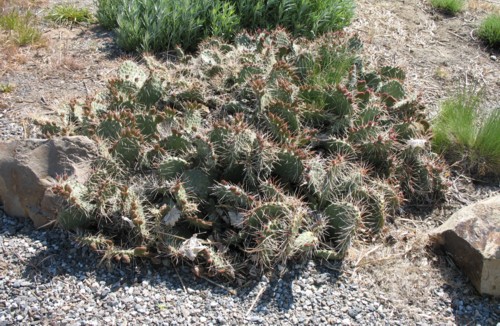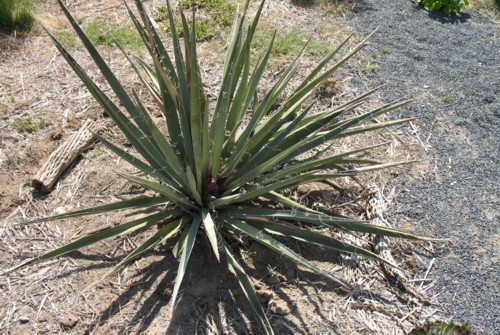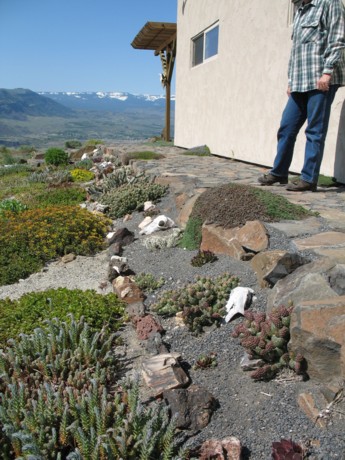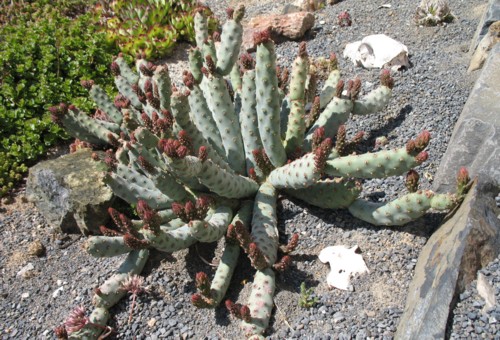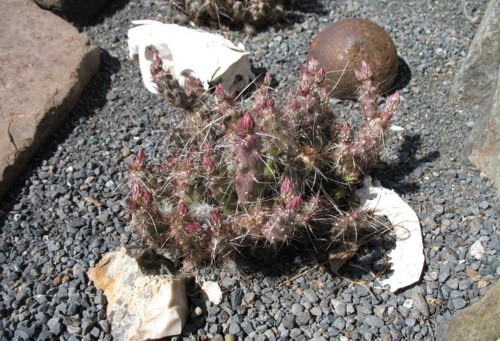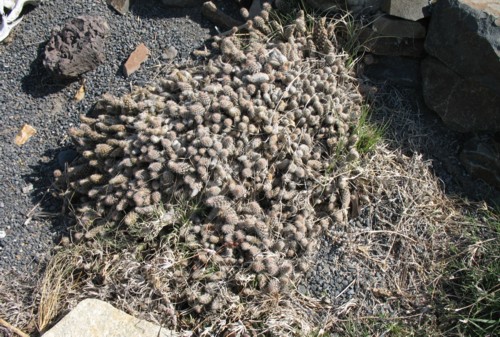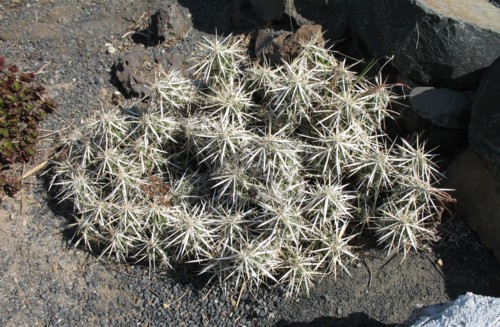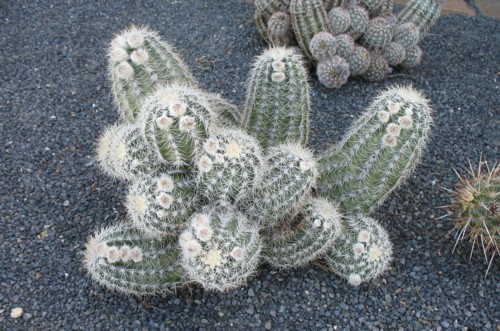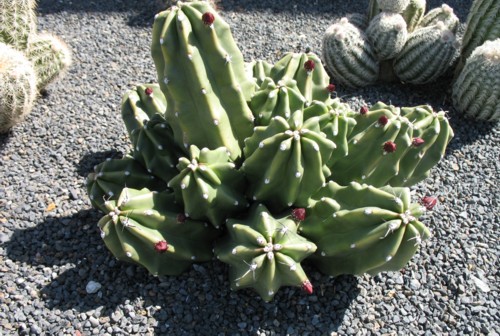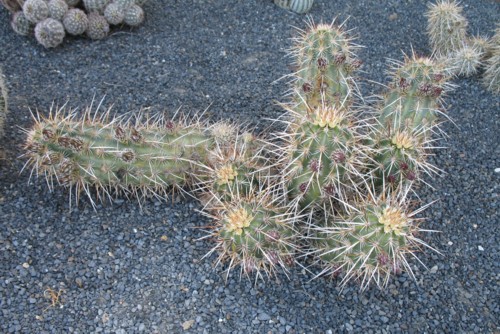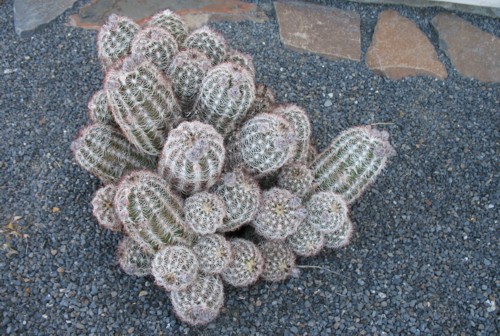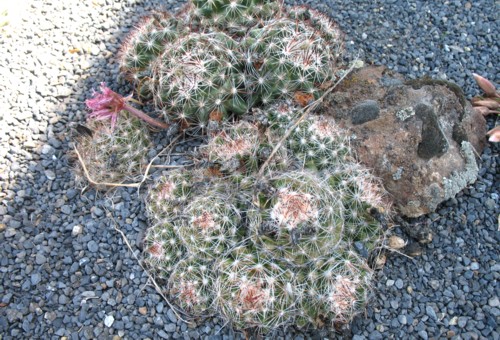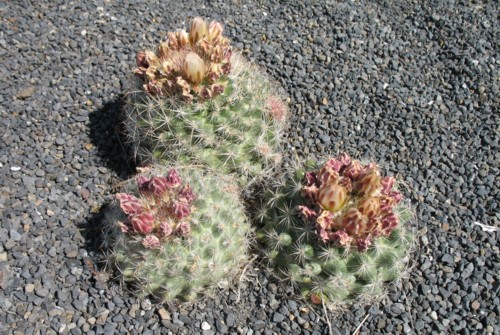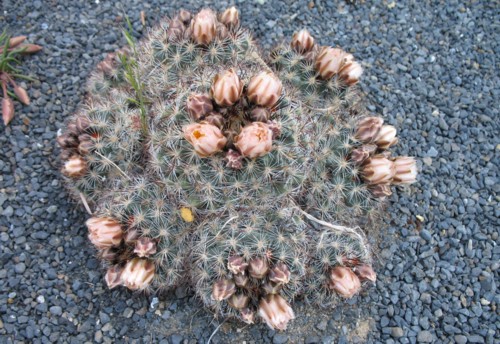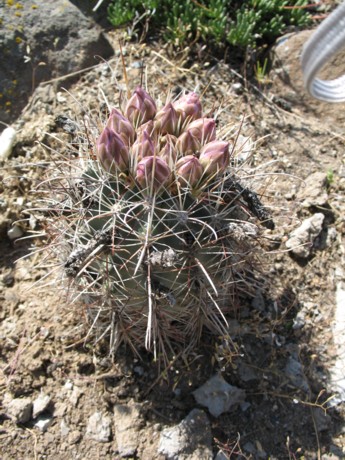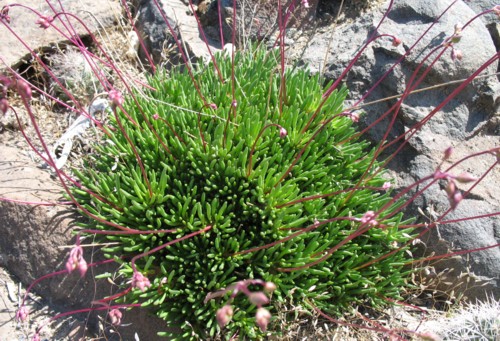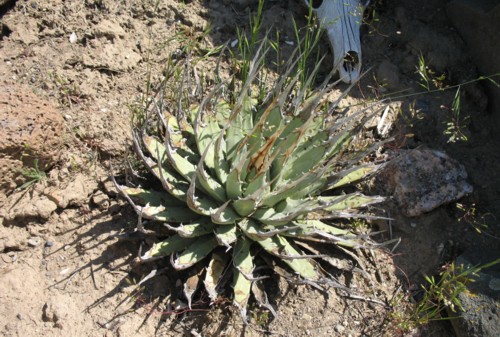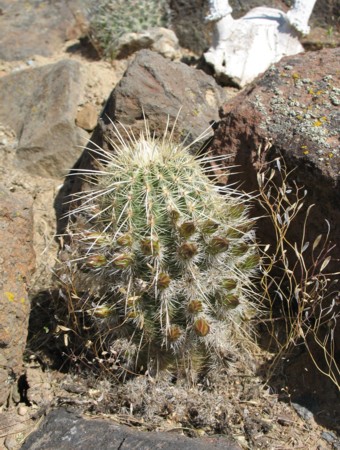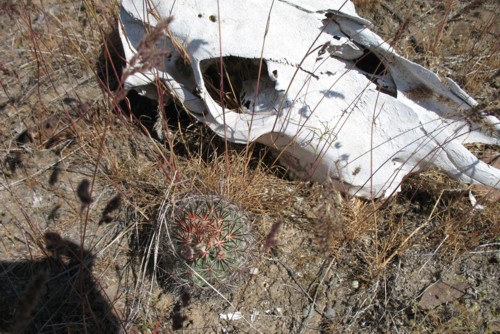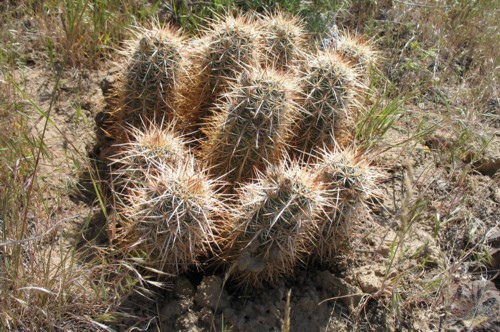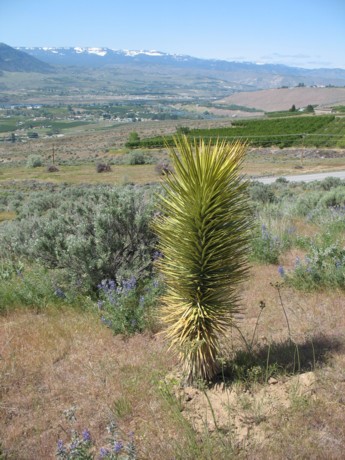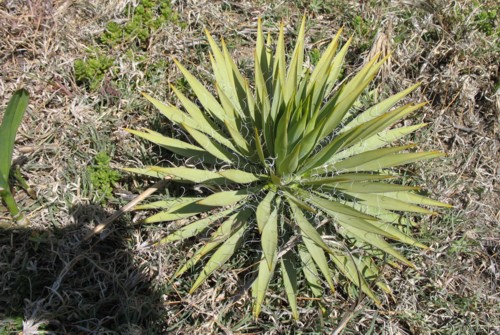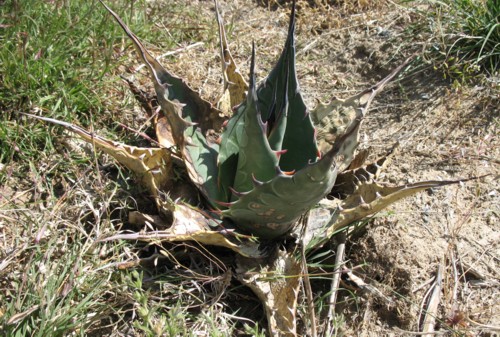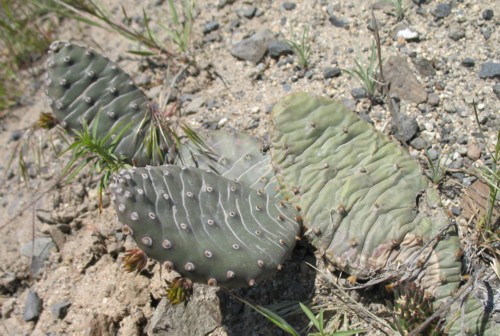|
Dixie Dringman's Garden, Rock Island, Washington
Dixie Dringman is a true cactus fanatic, someone who will go far out of her way to promote, save, and cultivate hardy cacti. And anything in her garden has to be hardy, since she is in an eastern Washington location far colder than most other gardens pictured here. Winter temperatures may drop to -10°F or lower on occasion, but, unlike western Washington, it is of course very dry. Precipitation averages a mere 8" per year, winter and spring being quite dry and summer and fall being extremely dry. The lack of winter precipitation means her cacti can be grown on heavier soils without rot, but some struggle because it is actually drier than they would prefer. Some of the happiest plants here are those that come from very dry, cold areas, or that are native west of the Colorado Plateau where summer rain seldom falls. Unfortunately my visit was just a couple weeks too early to photograph many of these cacti in bloom. |

Plants and Gardens Gallery |
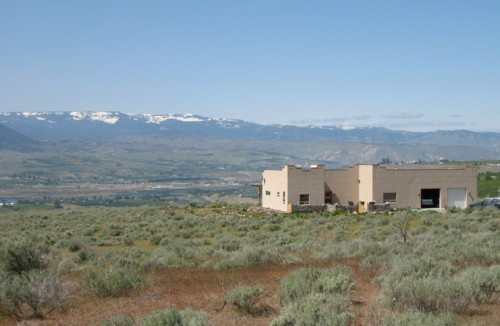
Even the house follows a Southwestern theme, looking unlike all others in the area, but hopefully starting a trend. I think it looks quite appropriate given the desert setting.
A large-padded, spiny form of Opuntia phaecantha.
Yucca baccata is happy here, thriving under very dry conditions.
One of the cactus beds with some interesting Sedums at left.
Opuntia basilaris var. brachyclada, a rather unique prickly pear that is not commonly seen.
A mystery Opuntia.
This appears to be a South American Pterocactus species. I was surprised to see it: I'd bet it's the only South American cactus growing outdoors in Eastern Washington thus far.
The very spiny Grusonia clavata, sometimes classified as an Opuntia.
Echinocereus reichenbachii var. albispinus, with beautiful white spines and pink flowers. As far as I could tell, all of the hardy Echinocereus species really do well in this climate.
This is probably Echinocereus triglochidiatus var. inermis.
Another Echinocereus species; I'm not sure which one.
This might be a form of Echinocereus rigidissimus.
Escobaria vivipara tolerates extreme cold, and is also quite moisture tolerant. It is native as far west as Idaho, and has also been spotted in Wallowa County, Oregon.
A local form of Pediocactus nigrispinus. Dixie salvaged many of these from a field that was plowed by a farmer ignorant of their existence.
Another Pediocactus.
Sclerocactus species are also quite happy in this area.
One of the Northwest's more interesting native succulents, Phemeranthus spinescens (formerly Talinum spinescens) forms a mound of succulent green leaves with pink flowers.
Agave utahensis also does very well here, as it comes from drier regions than many of the hardier Agaves.
Another unknown Echinocereus species.
The coyotes leave no shortage of hardscaping material to work with.
Echinocereus engelmanii, also from very dry regions of Southern California, is also happy here.
A transplanted Yucca brevifolia (Joshua Tree) nicely enhances the typical Eastern Washington scene of sagebrush, orchards, and the snow-capped Wenatchee Mountains.
A form of Yucca harrimaniae.
Agave montana looking a bit crisped, but it should be OK. Given that this plant is native to high altitude pine forests that are rather moist, it would probably be much happier in less sun and heat, and with more water. It did live through 0°F the winter before I took this picture, but I wonder if it will grow out of the damage without some watering through the summer.
An interesting grey form of Opuntia compressa. |
|
